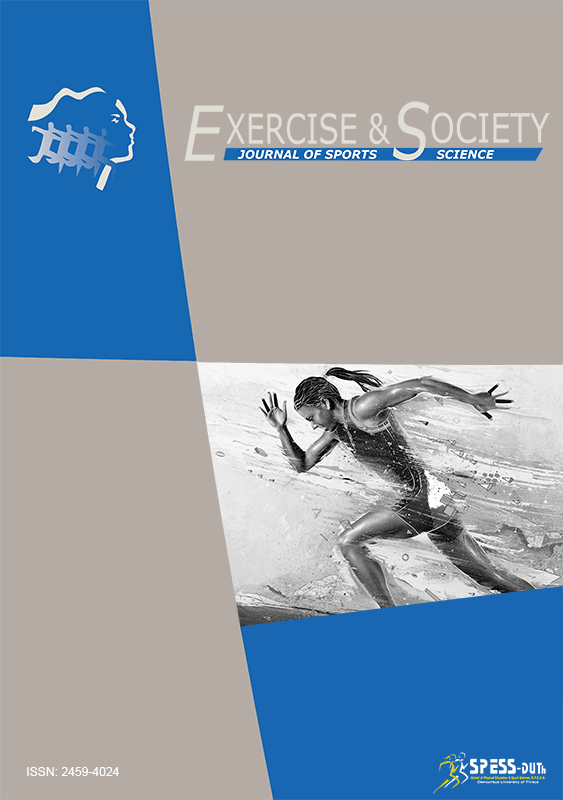Use of the external load data for the design of the weekly and monthly training plan
Keywords:
training load, accelerations, decelerations, weekly training planAbstract
The systematic recording and use of training load data with GPS technology are common practice in professional football. The individual activity profiles of the players and their playing position are taken into account in the design of the training program on a daily, weekly and monthly basis. Periodization of training load is necessary in order to maintain players’ performance at a high level during the entire season. This is achieved by selecting drills and games with a set number of players and pitch dimensions, in which a selected training load variable is maximized, e.g. a high number of accelerations and decelerations. By recording the individual training load and by setting certain training load targets, players may perform complementary training to achieve their daily or weekly targets.
References
Asian-Clemente, J., Requena, B., Owen, A., & Santalla, A. (2022). External Workload Compared Between Competitive and Non-Competitive Matches for Professional Male Soccer Players. Journal of Human Kinetics, 83(1), 175–184. https://doi.org/10.2478/HUKIN-2022-0057
Casamichana, D., Martín-García, A., Díaz, A. G., Bradley, P. S., & Castellano, J. (2022). Accumulative weekly load in a professional football team: with special reference to match playing time and game position. Biology of Sport, 39(1), 115–124. https://doi.org/10.5114/biolsport.2021.102924
Chena, M., Morcillo-Losa, J. A., Rodríguez-Hernández, M. L., Asín-Izquierdo, I., Pastora-Linares, B., & Carlos Zapardiel, J. (2022). Workloads of Different Soccer-Specific Drills in Professional Players. Journal of Human Kinetics, 84(1), 135–147. https://doi.org/10.2478/hukin-2022-000075
Mallo, J., Mena, E., Nevado, F., & Paredes, V. (2015). Physical Demands of Top-Class Soccer Friendly Matches in Relation to a Playing Position Using Global Positioning System Technology. Journal of Human Kinetics, 47(1), 179–188. https://doi.org/10.1515/hukin-2015-0073
Silva, H., Nakamura, F. Y., Beato, M., & Marcelino, R. (2022). Acceleration and deceleration demands during training sessions in football: a systematic review. Science & Medicine in Football, 1–16. https://doi.org/10.1080/24733938.2022.2090600
Szigeti, G., Schuth, G., Kovács, T., Revisnyei, P., Pasic, A., Szilas, Á., Gabbett, T., & Pavlik, G. (2023). Football movement profile analysis and creatine kinase relationships in youth national team players. Physiology International. https://doi.org/10.1556/2060.2023.00160
Downloads
Published
How to Cite
Issue
Section
License
Authors who publish with this journal agree to the following terms:
a. Authors retain copyright and grant the journal right of first publication with the work simultaneously licensed under a Creative Commons Attribution License that allows others to share the work with an acknowledgement of the work's authorship and initial publication in this journal.
b. Authors are able to enter into separate, additional contractual arrangements for the non-exclusive distribution of the journal's published version of the work (e.g., post it to an institutional repository or publish it in a book), with an acknowledgement of its initial publication in this journal.
c. Authors are permitted and encouraged to post their work online (e.g., in institutional repositories or on their website) prior to and during the submission process, as it can lead to productive exchanges, as well as earlier and greater citation of published work (See The Effect of Open Access).



